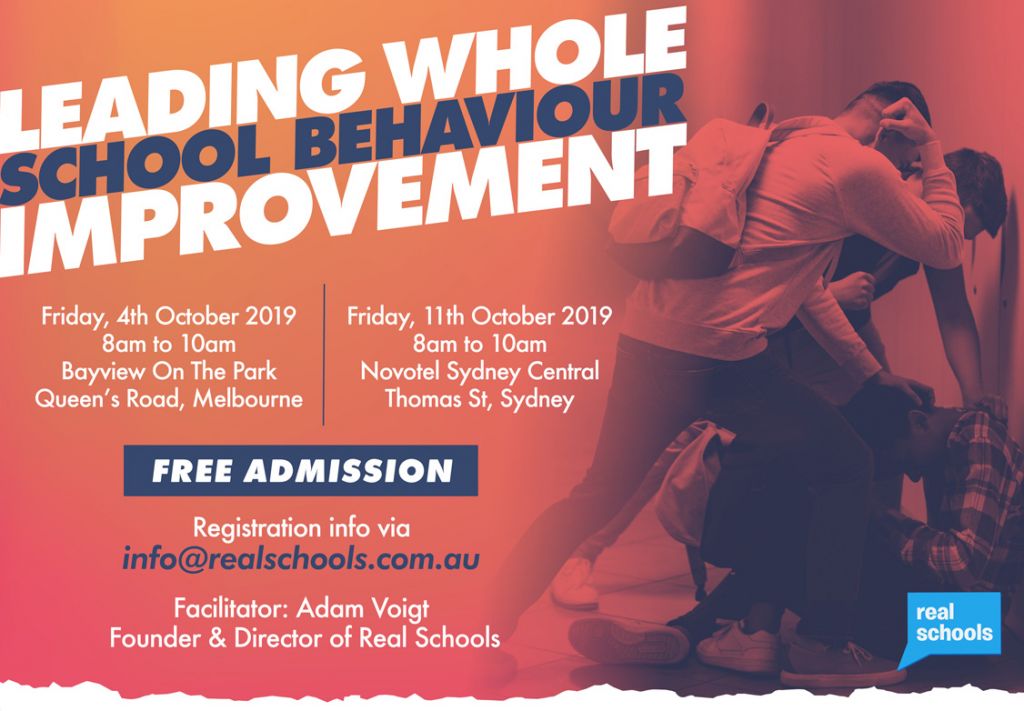Just like a change in the weather, the media have changed their focus again to re-examine an old issue in education that allows them to compare our performance against other OECD countries. This time it’s to look at the impact of resourcing on our schools and more specifically, class sizes and teacher-student ratios.
Like nearly every issue related to education, everyone has a viewpoint. Teachers, parents, the media, psychologists and the list goes on. Well, just because we have all been to school, doesn’t mean we know what is best for learning. To add to this debate, I can dig up plenty of research on the impact of class sizes.
So, do class sizes make a difference?
I certainly think that smaller class sizes make a difference, parents like it, teachers like it and best of all the kids have a better opportunity to build strong relationships with their peers and their teachers. Now, although the research generally only uses words like ‘small’ and ‘minimal’, it all points to the direction of a positive impact on relationships and learning. It seems like we all agree, now that’s better than some of the things we do in schools.
Where I think we are getting it wrong, and like so many times before, we are trying to find a ‘one size fits all’ approach.
Let’s stop trying to find the perfect number of kids in a classroom.
Maybe we could try something else. Let’s trust principals and their teachers to do what is best for their school community and for the children they know and care about. Every school is different, every year level within a school is different. Some groups of students will be able to work in a class of 30 with the right teacher doing the right work but there will be others that require high support and may only be able to work in a group of 15. In some cases, these groups can require two teachers. In schools, our kids are walking in the door with more diverse social emotional needs than ever before. We can’t just put them together and ‘hope’ they’ll learn.
When need to build strong relationships with our students, we need to understand their story and identify their needs. Good teachers leverage the relationship for success.
If principals and teachers were able to spend less time focussing on OH&S, building works, Department compliance and Emergency Management, and were able to spend more time on building strong relationships, developing their own capacity and focussing on what really counts which is the children, I’m sure we wouldn’t need to debate class sizes.
If schools were given real autonomy and they were allowed to put the students before the budget, we wouldn’t need to worry about what classroom structure we would have or what program we could do next because it’s cost effective. We could spend our valuable time focussing on ‘how’ we are going to get it right; what approach can we take and what opportunity will present next to strengthen our culture.
So let’s get the resource and budget debate off the table and trust our schools to do what they need to do. Let’s spend our time in a more productive way and start talking about how we can help our teachers to get better. That’s how we will do the best job for our kids.
Warm regards,

LEADING WHOLE SCHOOL BEHAVIOUR IMPROVEMENT
A FREE 2-hour event for School Leaders who are frustrated by the failure of popular and poorly designed programs to genuinely improve conduct between students, staff and parents.
REAL SCHOOLS PARTNERSHIP
Working with your school over 12, 24 or 36 months to truly transform School Culture.
